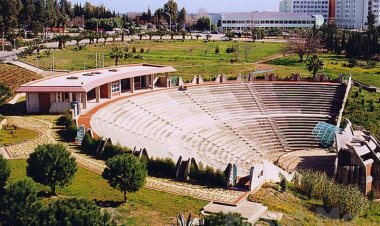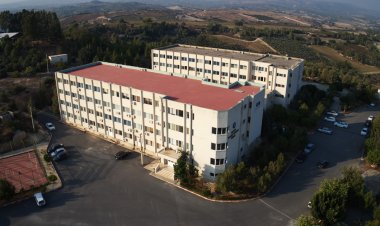When does intellectual capital enhance innovation capability? A three-way interaction test
When does intellectual capital enhance innovation capability? A three-way interaction test Karadağ, Hande; Şahin, Faruk; Bulut, Çağrı PurposeIn the current study based on the resource-based view (RBV), a three-way interaction model tests the relationships among human and social capital resources, innovation orientation (IO) and innovation capability in the context of new ventures.Design/methodology/approachHierarchical linear regression modeling presents the linear relations at two decision layers of start-ups, their founders and managers. Data is collected and analyzed from 233 new ventures in Turkey.FindingsFindings of the two and three-way interaction analyses indicate a positive relationship between human capital and innovation capability when social capital and IO are high; however, the relation turns off when low.Research limitations/implicationsThe study extends the previous works on the proposed link between intellectual capital (IC) resources and innovation, by confirming the moderating role of social capital and IO on the positive association between human capital resources and innovation capability.Practical implicationsThe results show that for start-up companies, the co-existence of strong social capital and the strategic orientation towards innovation is required for the effective utilization of human capital for generating innovation capability within the organization. Thus, this study highlights the importance of networks, alliances and social relationships, together with the unification of strategic thinking, organizational learning and a culture of innovation for attaining innovation goals, which are crucial for the survival and success of these units.Originality/valueThis study presents the first model in the literature which examines the moderating effects of IO and social capital on the human capital-innovation capability relationship.

When does intellectual capital enhance innovation capability? A three-way interaction test Karadağ, Hande; Şahin, Faruk; Bulut, Çağrı PurposeIn the current study based on the resource-based view (RBV), a three-way interaction model tests the relationships among human and social capital resources, innovation orientation (IO) and innovation capability in the context of new ventures.Design/methodology/approachHierarchical linear regression modeling presents the linear relations at two decision layers of start-ups, their founders and managers. Data is collected and analyzed from 233 new ventures in Turkey.FindingsFindings of the two and three-way interaction analyses indicate a positive relationship between human capital and innovation capability when social capital and IO are high; however, the relation turns off when low.Research limitations/implicationsThe study extends the previous works on the proposed link between intellectual capital (IC) resources and innovation, by confirming the moderating role of social capital and IO on the positive association between human capital resources and innovation capability.Practical implicationsThe results show that for start-up companies, the co-existence of strong social capital and the strategic orientation towards innovation is required for the effective utilization of human capital for generating innovation capability within the organization. Thus, this study highlights the importance of networks, alliances and social relationships, together with the unification of strategic thinking, organizational learning and a culture of innovation for attaining innovation goals, which are crucial for the survival and success of these units.Originality/valueThis study presents the first model in the literature which examines the moderating effects of IO and social capital on the human capital-innovation capability relationship.

 Bilgi
Bilgi 















